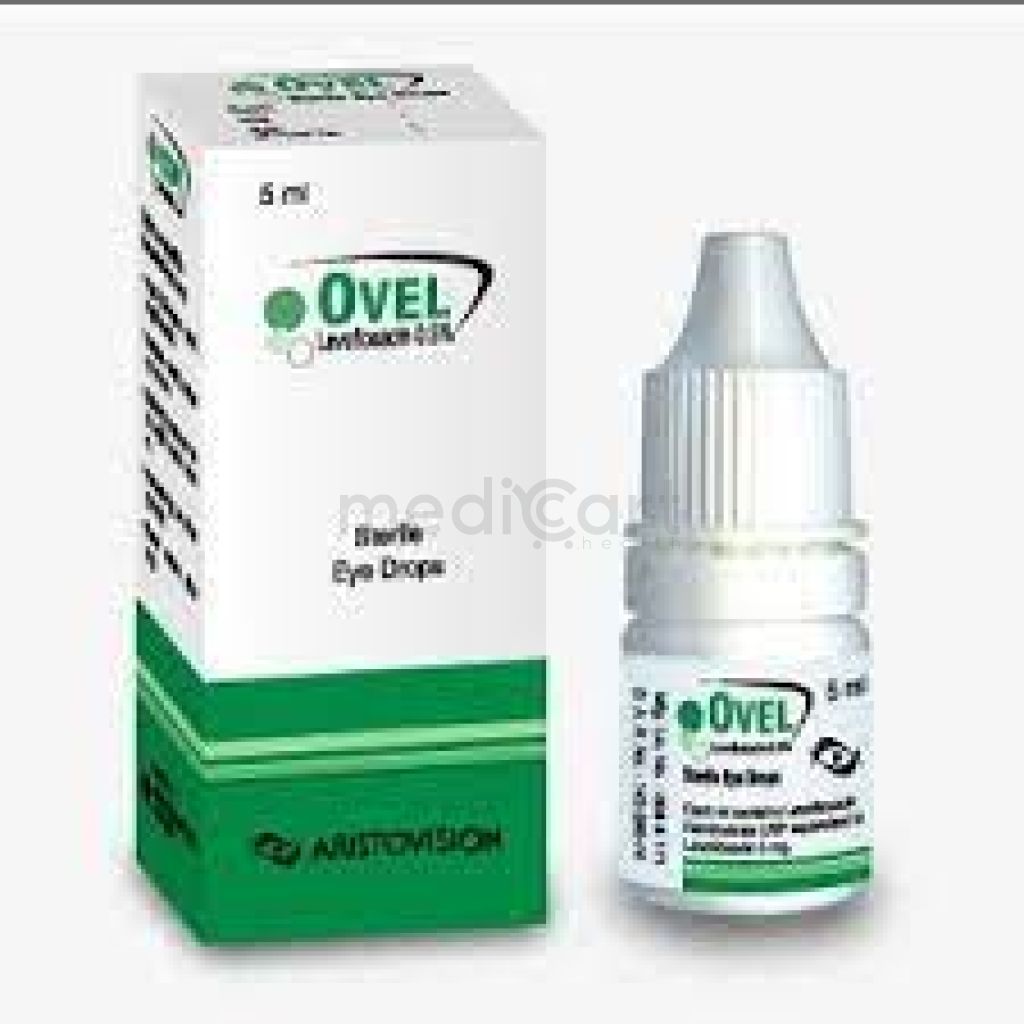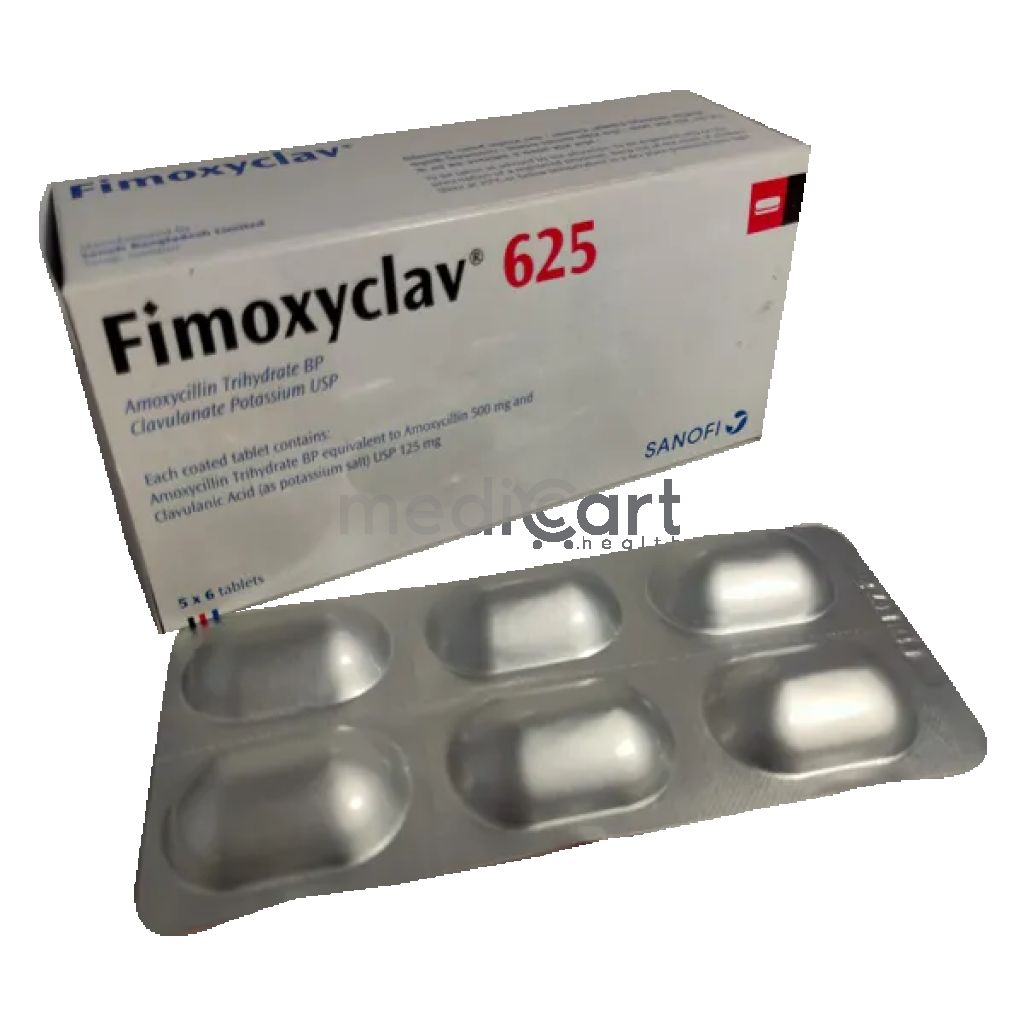

Bestron - .45 MG
Tablet
Pack Size :
10 Tablet x 1 Strip
Generics :
Conjugated Estrogen + Bazedoxifene
Manufacturer :
Incepta Pharmaceuticals Ltd.
Best Price *
TK
800.00
* Delivery will be done in Dhaka city only.
Alternative Product
More Information About - Bestron - .45 MG
Description
Generic Name
Bazedoxifene + Conjugated estrogensPrecaution
Endometrial hyperplasia Increased risk of endometrial cancer in a woman with a uterus who uses unopposed estrogens; bazedoxifene/conjugated estrogens has been shown to reduce the risk of endometrial hyperplasia, which may be a precursor to endometrial cancer. Adequate diagnostic measures, including directed or random endometrial sampling when indicated, should be undertaken to rule out malignancy in postmenopausal women with undiagnosed persistent or recurring abnormal genital bleeding. Estrogens and estrogen agonist/antagonists are known to increase risk of thromboembolism, including DVT, PE, and stroke Discontinue 4-6 weeks before surgery that is associated with increased risk of thromboembolism, or during periods of prolonged immobilization Retinal vascular thrombosis reported Estrogens may exacerbate pre-existing hypertriglyceridemia and lead to pancreatitis Caution with history of cholestatic jaundice associated with past estrogen use or with pregnancy Do not use with conditions that predispose to hyperkalemia Use caution in individuals with severe hypocalcemiaIndication
Menopausal Vasomotor Symptoms, OsteoporosisContra Indication
Undiagnosed abnormal uterine bleeding Known, suspected, or past history of breast cancer Known or suspected estrogen-dependent neoplasia Active DVT, PE, or history of these conditions Active arterial thromboembolic disease (eg, stroke, MI) or history of these conditions Hypersensitivity (eg, anaphylaxis, angioedema) to estrogens, bazedoxifene, or any ingredients Known hepatic impairment or disease Known protein C, protein S, or antithrombin deficiency or other known thrombophilic disorders Pregnancy, women who may become pregnant, and nursing mothers; may cause fetal harm when administered to a pregnant womanDose
N/ASide Effect
1-10% Muscle spasms (9%) Nausea (8%) Diarrhea (8%) Dyspepsia (7%) Upper abdominal pain (7%) Oropharyngeal pain (7%) Neck pain (5%) Dizziness (5%)Pregnancy Category
Name : Not Classified
Description
FDA has not yet classified the drug into a specified pregnancy category.Mode of Action
Bazedoxifene: Selective estrogen receptor modulator (SERM); estrogen-like effects on bone (increase bone density) and lipids (decrease LDL); antiestrogenic in uterus and breast (reduces risk of endometrial hyperplasia that can occur with conjugated estrogens) Conjugated estrogens: Replaces endogenous estrogenInteraction
N/APregnancy Category Note
Pregnancy Contraindicated for use in pregnant women; not indicated for use in females of reproductive potential There are no data with the use of conjugated estrogens in pregnant women; however, epidemiologic studies and meta-analyses have not found an increased risk of genital and non-genital birth defects (including cardiac anomalies and limb-reduction defects) following exposure to combined hormonal contraceptives before conception or during early pregnancy There are no available data on bazedoxifene use in pregnant women to inform a drug associated risk of adverse developmental outcomes Based on animal data, bazedoxifene administration may adversely affect female fertility; ;owever, clinical fertility studies with bazedoxifene not conducted Animal data Animal studies have shown that oral bazedoxifene administered during period of organogenesis to pregnant rats or rabbits at 0.3 and 2 times, respectively, exposure at maximum recommended dose, can cause fetal harm; based on mechanism of action, bazedoxifene may block important functions that estrogen has during all stages of pregnancy Lactation Not indicated for use in females of reproductive potential Estrogens are present in human milk and can reduce milk production in breast-feeding females; this reduction can occur at any time but is less likely to occur once breast-feeding is well-established There are no data on presence of bazedoxifene in either human or animal breast milk, effect on breastfed infant, or on milk production; based on mechanism of action, bazedoxifene may block important functions that estrogen has in mammary tissue during lactationAdult Dose
Oral Menopausal Vasomotor Symptoms Indicated for vasomotor symptoms associated with menopause 20 mg/0.45 mg (1 tablet) once daily Osteoporosis Indicated for prevention of postmenopausal osteoporosis 20 mg/0.45 mg (1 tablet) once daily Hepatic impairment: ContraindicatedChild Dose
N/ARenal Dose
Renal impairment: Not evaluated, and therefore not recommendedAdministration
May take with or without foodDisclaimer
The information provided herein are for informational purposes only and not intended to be a substitute for professional medical advice, diagnosis, or treatment. Please note that this information should not be treated as a replacement for physical medical consultation or advice. Great effort has been placed to provide accurate and comprehensive data. However, Medicart along with its authors and editors make no representations or warranties and specifically disclaim all liability for any medical information provided on the site. The absence of any information and/or warning to any drug shall not be considered and assumed as an implied assurance of the Company.





